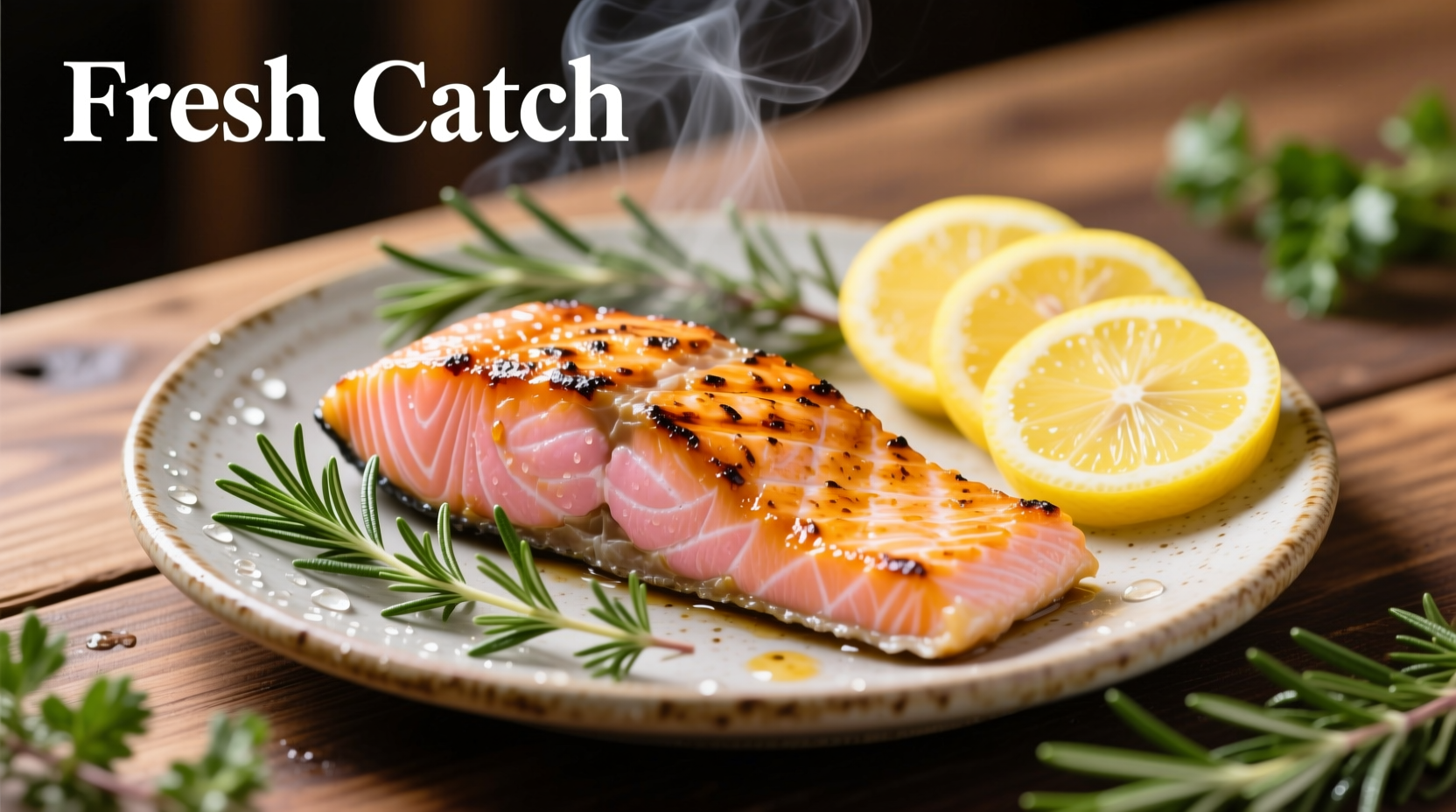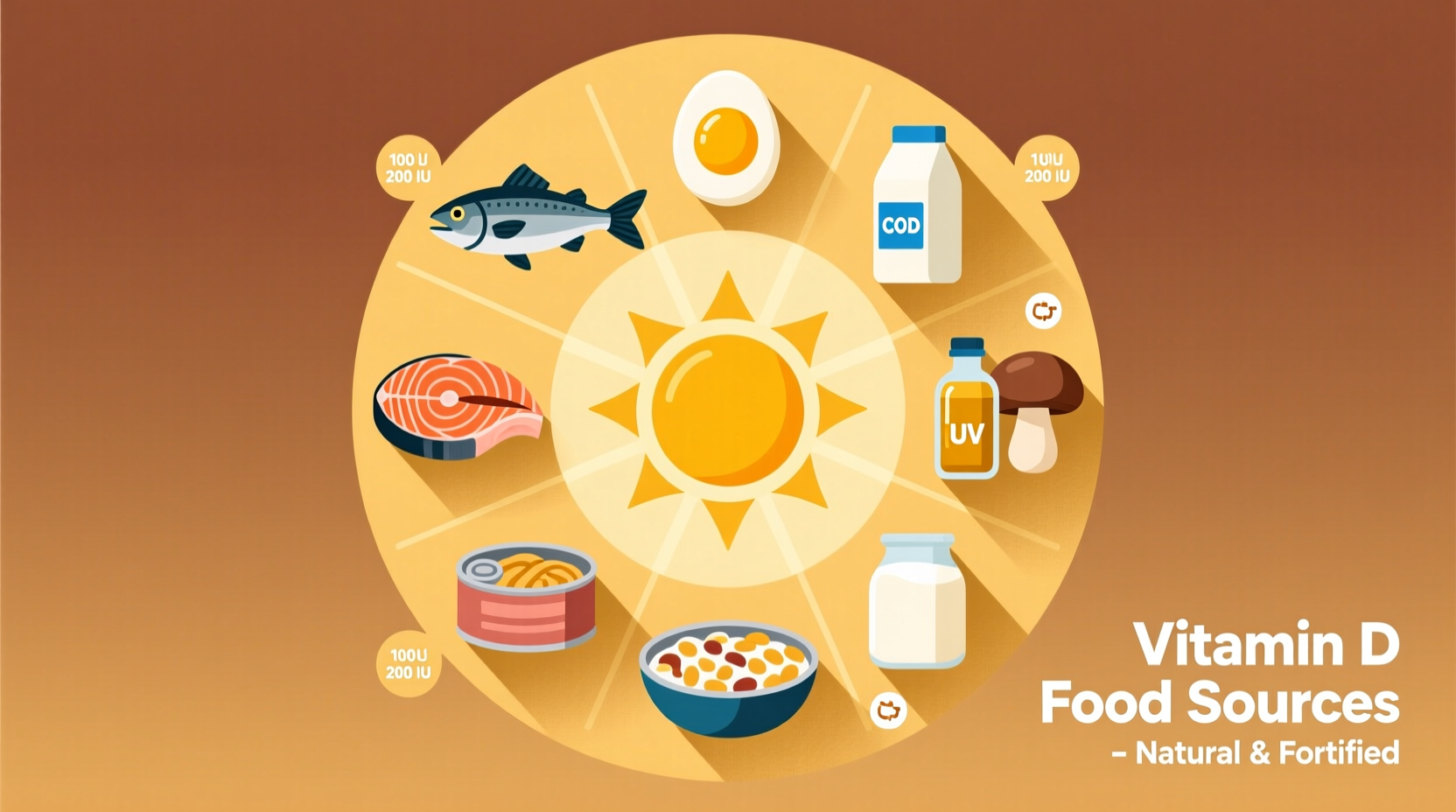When searching for what is vitamin d food, you're likely seeking practical ways to boost your vitamin D intake through diet. Understanding which foods naturally contain this essential nutrient—and which are fortified—can help prevent deficiency while supporting bone health, immune function, and overall wellness. This guide delivers science-backed information about vitamin D food sources you can incorporate immediately into your meals.
Why Vitamin D Matters for Your Health
Vitamin D functions as both a vitamin and hormone in your body, playing critical roles in calcium absorption, bone mineralization, and immune system regulation. Unlike other vitamins, your skin can produce vitamin D when exposed to sunlight—but many factors including geographic location, skin pigmentation, season, and sunscreen use significantly limit this production. According to the National Institutes of Health, approximately 18% of Americans have vitamin D deficiency, making dietary sources increasingly important.
Natural Vitamin D Food Sources You Should Know
Few foods naturally contain substantial vitamin D. The most potent sources come from animal products, particularly fatty fish that accumulate vitamin D through their marine food chain. Understanding these natural sources helps when planning nutrient-dense meals:
- Fatty fish - Salmon, mackerel, sardines, and herring contain the highest natural concentrations
- Egg yolks - Particularly from pasture-raised chickens exposed to sunlight
- Beef liver - Contains modest amounts along with other essential nutrients
- Mushrooms exposed to UV light - Certain varieties like maitake and chanterelles can provide vitamin D2
Fortified Foods: Your Daily Vitamin D Boost
Because natural food sources remain limited, food fortification has become essential for population-wide vitamin D intake. Many countries mandate or encourage fortification of specific products, creating reliable dietary sources:
| Food Type | Typical Serving | Vitamin D (IU) | % Daily Value |
|---|---|---|---|
| Cow's milk (fortified) | 1 cup (240ml) | 100-130 IU | 13-16% |
| Plant-based milks | 1 cup (240ml) | 100-144 IU | 13-18% |
| Orange juice (fortified) | 1 cup (240ml) | 100 IU | 13% |
| Breakfast cereals | 1 serving | 40-100 IU | 5-13% |
| Yogurt (fortified) | 6 oz (170g) | 80 IU | 10% |
Fortification practices vary by country and manufacturer, so always check nutrition labels. The USDA FoodData Central database shows significant variation between brands—some fortified orange juices contain double the vitamin D of others.
Vitamin D Content Comparison: Natural vs Fortified Foods
Understanding the relative potency of different vitamin D food sources helps prioritize your dietary choices. The following comparison highlights how food choices stack up against daily requirements:
- Cooked salmon (3 oz) - 570 IU (71% DV)
- Canned mackerel (3 oz) - 340 IU (42% DV)
- UV-exposed mushrooms (½ cup) - 200-400 IU (25-50% DV)
- Egg yolk (1 large) - 40 IU (5% DV)
- Fortified milk (1 cup) - 100-130 IU (13-16% DV)

Practical Ways to Increase Vitamin D Through Food
Maximizing vitamin D absorption from food requires strategic planning. Since vitamin D is fat-soluble, consuming these foods with healthy fats significantly enhances absorption:
- Pair salmon with avocado or olive oil-based sauces
- Add fortified milk to smoothies with banana and almond butter
- Include mushrooms in stir-fries with sesame oil
- Choose whole eggs rather than egg substitutes
- Combine fortified cereal with full-fat yogurt
The American Journal of Clinical Nutrition confirms that consuming vitamin D with fat increases absorption by up to 32%. This simple dietary adjustment makes a meaningful difference in how much vitamin D your body actually utilizes.
Special Considerations for Different Dietary Patterns
Vitamin D food sources present unique challenges depending on your dietary preferences or restrictions. Understanding these limitations helps address potential gaps:
Vegans face particular challenges since most natural vitamin D sources are animal-based. UV-exposed mushrooms and fortified plant milks become essential, though they typically provide vitamin D2 which is less potent than the D3 found in animal sources. Recent innovations include lichen-derived D3 supplements suitable for vegans.
Older adults experience reduced skin synthesis of vitamin D and often have decreased dietary intake. The National Academy of Medicine recommends adults over 70 need 800 IU daily—double the amount for younger adults—making fortified foods especially important for this demographic.
People with limited sun exposure due to geographic location, cultural dress practices, or medical conditions must rely more heavily on dietary sources. Those living above 37° latitude may receive insufficient UVB radiation for vitamin D synthesis from October through March.
Common Misconceptions About Vitamin D Foods
Several myths persist about vitamin D food sources that can lead to inadequate intake:
- Myth: All mushrooms contain significant vitamin D Reality: Only mushrooms exposed to UV light develop meaningful vitamin D content
- Myth: Vitamin D deficiency can be easily corrected through diet alone Reality: For severely deficient individuals, supplements are often necessary alongside dietary changes
- Myth: Fortified foods provide equivalent benefits to natural sources Reality: Vitamin D3 (animal sources) raises blood levels more effectively than D2 (plant/fortified sources)
Building a Vitamin D-Rich Diet Plan
Creating sustainable dietary patterns that support adequate vitamin D intake requires thoughtful planning. Consider these practical strategies:
- Include fatty fish at least twice weekly as recommended by the American Heart Association
- Choose fortified dairy or plant-based alternatives consistently
- Add UV-exposed mushrooms to regular meal rotation
- Keep hard-boiled eggs available for quick snacks
- Combine vitamin D foods with healthy fats to maximize absorption
Remember that vitamin D works synergistically with other nutrients—particularly calcium and magnesium. Pairing vitamin D-rich foods with calcium sources like leafy greens and magnesium-rich foods like nuts creates a nutritional environment where vitamin D can function optimally.
When Food Isn't Enough: Understanding Limitations
While optimizing your diet for vitamin D is valuable, certain situations require additional approaches. The Mayo Clinic notes that individuals with obesity, malabsorption conditions, or darker skin pigmentation often need higher amounts than standard recommendations provide. During winter months at higher latitudes, even optimal dietary intake may prove insufficient without supplementation.
Regular blood testing remains the only reliable way to determine your vitamin D status. If you suspect deficiency, consult a healthcare provider before making significant dietary changes or starting supplementation.











 浙公网安备
33010002000092号
浙公网安备
33010002000092号 浙B2-20120091-4
浙B2-20120091-4